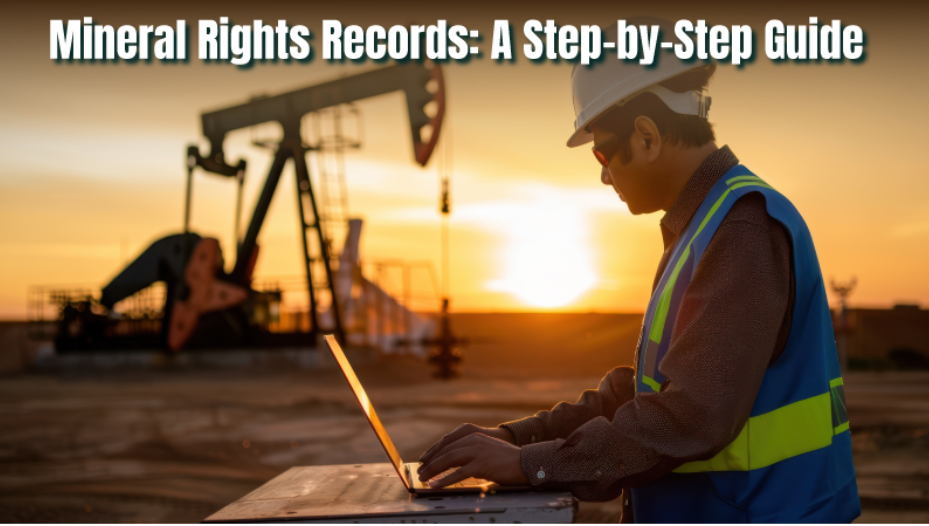What does it really mean to be detained in an ICE facility? It’s easy to imagine a holding space or a temporary stop, but the truth is far more complex. People held in these centers often face an experience that is both physically and emotionally draining, shaped by strict rules, limited rights, and an uncertain future.
Not a Jail, But Feels Like One
Technically, ICE detention centers aren’t prisons. They’re civil detention facilities, not criminal ones. However, for the people inside, the daily experience can feel almost identical to jail. Detainees are often housed in repurposed prisons or county jails. They wear uniforms. They follow rigid schedules. Their movements are closely monitored.
It’s not unusual for people to spend weeks or even months in these conditions while they wait for a decision on their immigration case. This isn’t short-term holding. It’s often prolonged confinement with little clarity on how long it will last.
Basic Needs, Barely Met
Daily life revolves around the basics: food, hygiene, sleep, and limited contact with the outside world. Meals are scheduled and standardized, often lacking variety or nutritional value. Detainees regularly report small portions and meals that don’t meet dietary needs.
Access to medical care exists, but it’s often delayed or limited. Mental health services are especially hard to come by, despite the emotional toll detention takes on people. Many face depression, anxiety, and fear without proper support or treatment.
Privacy is minimal. Shared sleeping quarters and communal bathrooms mean very little personal space. The constant noise and lack of privacy can wear people down quickly.
Communication Comes at a Cost
Keeping in touch with loved ones is one of the biggest challenges. Phone calls are available, but they’re often expensive and time-limited. Video calls may exist in some centers, but they’re not guaranteed and sometimes only available through third-party systems that charge fees.
Mail is allowed, but it’s slow and heavily monitored. Visits from family or attorneys can happen, but access depends on the facility’s location and policies. Some centers are in remote areas, far from detainees’ families or legal support.
Inside, there’s little to no internet access. That makes it harder for people to stay informed, research their rights, or even understand what’s happening with their case. In this way, isolation becomes part of the system.
Legal Help is Not a Guarantee
Unlike criminal courts, there’s no automatic right to a government-appointed attorney in immigration detention. People must find and pay for their own legal help. If they can’t, they’re left to navigate complex legal processes on their own, often in a language they don’t fully understand.
Some nonprofits and legal groups provide assistance, but access is inconsistent. Court hearings are held in person, by phone, or through video, sometimes without any lawyer present. This drastically affects the outcome of cases, especially for people with valid asylum claims or legal paths to stay in the country.
This is why it helps to source your own legal help whenever possible. Having dedicated support can make the difference between being released and facing removal. But for many, especially those held far from legal resources, even that can feel out of reach.
ICE government detention facilities operate with legal and procedural frameworks that make the system hard to challenge from the inside. The combination of isolation, limited legal support, and strict timelines puts detainees at a disadvantage from the start. Having someone in your corner can make a massive difference!
Daily Routine Looks Like This
The structure of a day in detention is rigid and repetitive. It often includes:
- Wake-up call – Usually early, between 5:00 and 6:00 AM
- Meal times – Three scheduled meals, with little variation
- Headcounts – Multiple checks per day to ensure all detainees are accounted for
- Recreation – Often limited to one or two hours in a fenced outdoor area
- Free time – Typically spent in common areas, with restricted options
- Lights out – Usually no later than 10:00 PM
People can request books or attend religious services if offered, but programs vary from one facility to another. Some offer basic English classes or “voluntary” work programs, where detainees clean, cook, or maintain the center for extremely low pay, often less than $1 per day.
It Affects Families on the Outside Too
Detention doesn’t just impact the person inside. Families are torn apart, sometimes without notice. Children might end up in foster care or separated across state lines. Breadwinners disappear from households. The financial and emotional toll can ripple across generations.
When someone is picked up by ICE, families often have no information for days. The system doesn’t prioritize notifying next of kin, which leaves loved ones scrambling to figure out where their family member is being held and how to help them.
Mental Toll is a Silent Struggle
One of the hardest parts of detention is the psychological weight. Imagine not knowing how long you’ll be there, not knowing if your case will succeed, and not having a reliable way to contact your family. That kind of uncertainty builds over time.
People describe the experience as dehumanizing. The system treats them like numbers, not individuals. Even the language used inside reflects that. People are often called “bodies” or “units,” not by their names.
Over time, this kind of treatment wears people down. It can make it harder to advocate for yourself or push forward with a legal fight, especially when hope starts to fade.
There’s a Bigger Picture
What happens inside these centers reflects a much larger issue about how immigration is handled in this country. The debate often centers on borders and policy, but inside the walls of these facilities are people with real stories, families, and futures on the line.
Most aren’t hardened criminals. Many are asylum seekers, long-term residents, or parents of U.S. citizens. Some have been here for decades. Detention reduces their identities to legal statuses, stripping away context and compassion.
It’s Time to Look Closer
Immigration detention isn’t a simple matter of housing people until their paperwork is sorted. It’s a full-scale system that touches lives in deep, lasting ways. And for the individuals held inside, every day is a reminder of how much control has been taken from them.
Understanding what really happens inside these centers isn’t about taking sides. It’s about facing the facts. The more clearly we see the reality of ICE detention, the more informed we become about what justice and fairness should actually look like.






